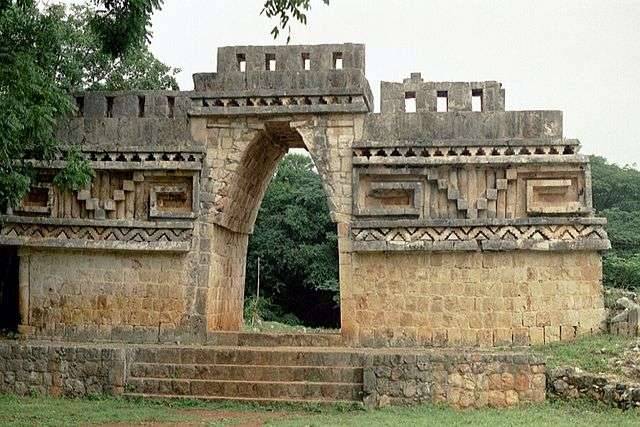Labna, a pre-Columbian archaeological site of the Maya civilization, is nestled in the Puuc region of Yucatán in Mexico. It’s renowned for its elaborate architecture, including the iconic Labna Arch, which is often seen as a symbol of the ancient Maya’s architectural prowess. The site, which thrived during the Late to Terminal Classic period, offers a window into the lives, culture, and architectural advancements of the Maya people.
Get your dose of History via Email
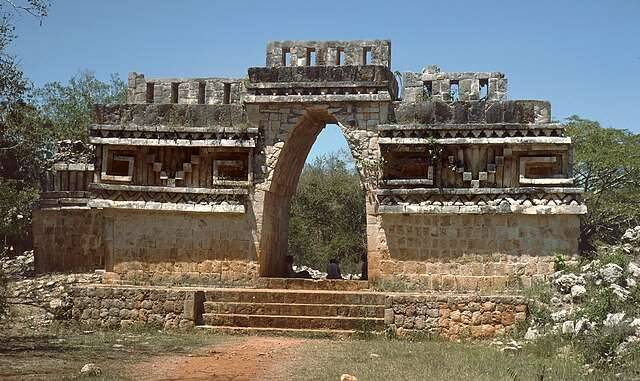
Historical Background of Labna
Explorers John Lloyd Stephens and Frederick Catherwood discovered Labna in the 1840s. They documented the site in their work, which later sparked interest in Mayan culture. The Maya built Labna during the Classic period, and it served as a significant settlement. Over time, the site was abandoned, and the jungle reclaimed it until its rediscovery.
The Puuc region, where Labna is located, was home to a unique architectural style. This style is characterized by intricate stone mosaics and elaborate facades. The Maya who inhabited Labna built it to reflect this style, which stands out among Mayan architecture.
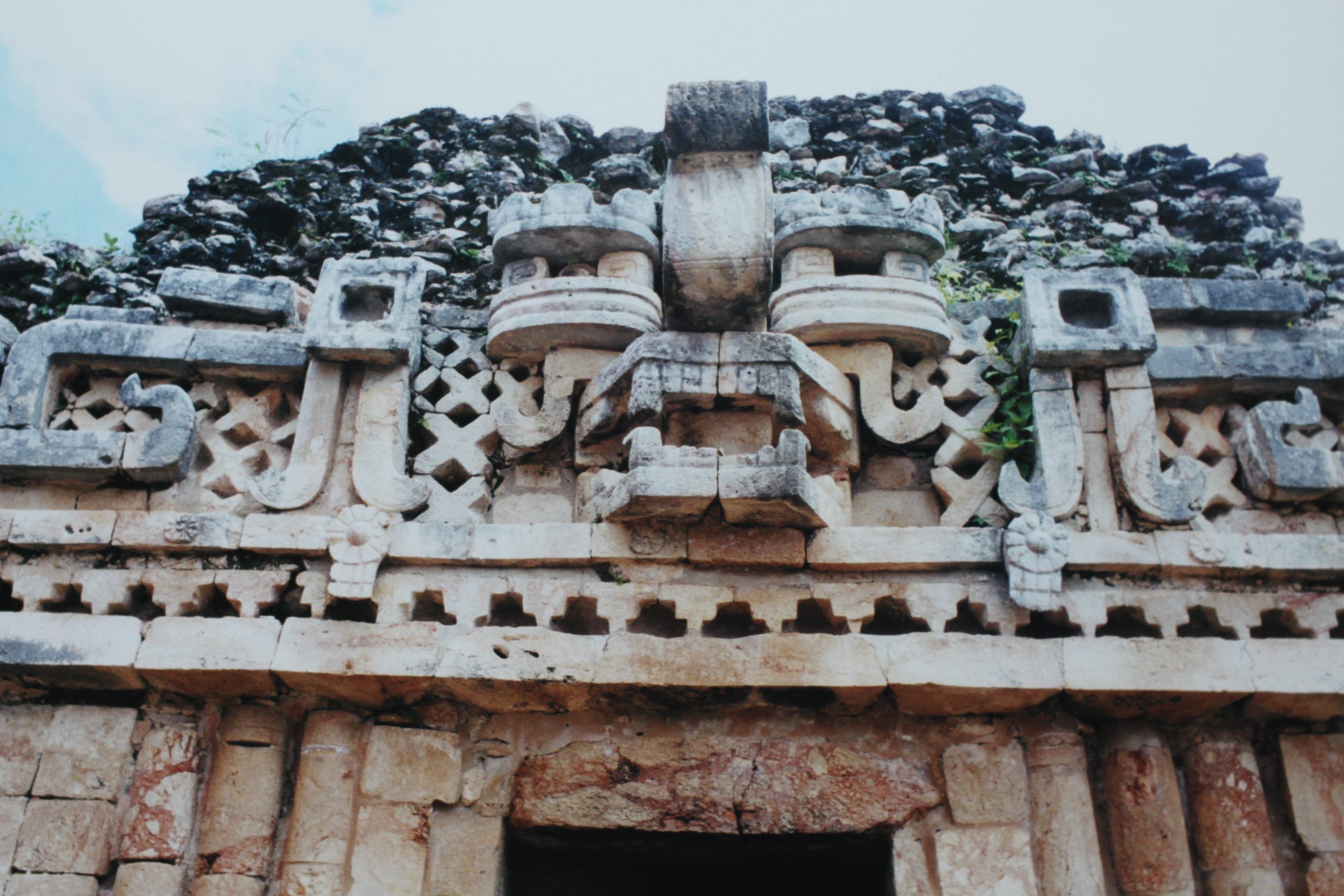
After the initial Maya occupation, there is little evidence to suggest that Labna was inhabited by other cultures. Its significance lies in its architecture and the information it provides about the Maya.
Labna’s rediscovery in the 19th century was part of a broader interest in Mayan civilization. Since then, it has been the subject of numerous archaeological studies. These studies aim to understand the social, economic, and political aspects of the Maya who lived there. Labna’s discovery has contributed significantly to the field of Mesoamerican archaeology.
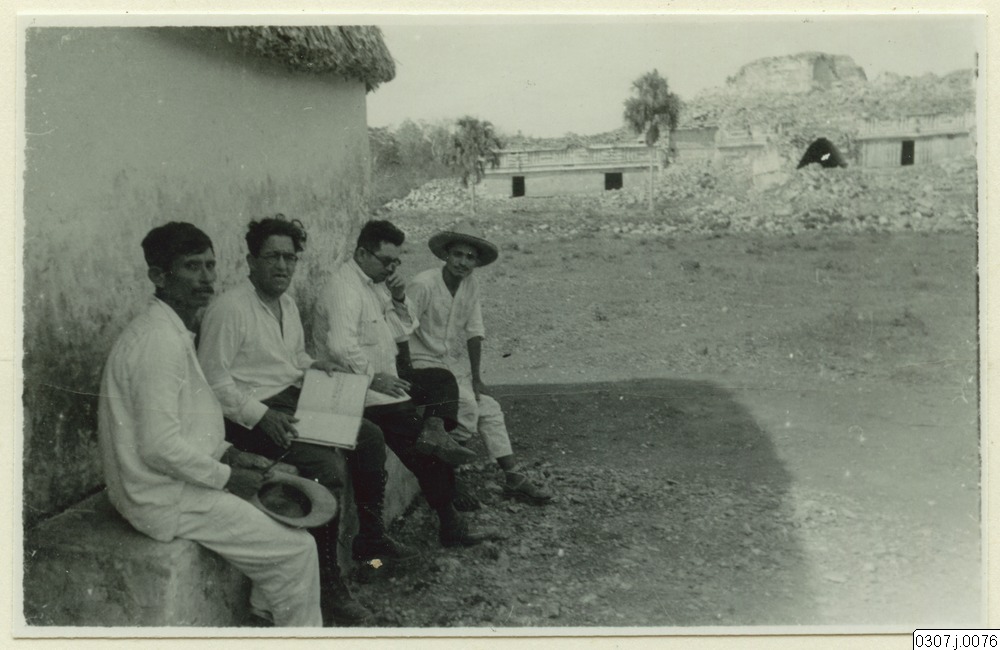
About Labna
Labna is famous for its exquisite architecture, particularly the Labna Arch. This arch is a fine example of the Puuc style, with intricate carvings and a corbelled vault. The arch once connected important sections of the city and now stands as a testament to Mayan engineering.
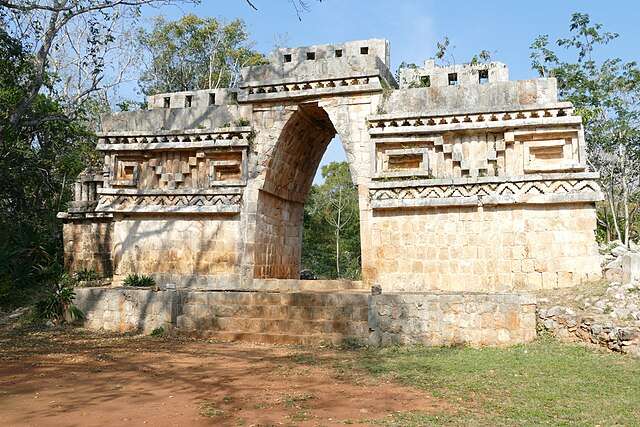
The site includes a palace complex, which features long, low buildings with detailed facades. These structures were likely used for administrative or residential purposes. The use of cut stone and elaborate carvings on the buildings’ exteriors is characteristic of the Puuc style.
One of the most notable structures at Labna is El Mirador, a large pyramid with a temple on top. This structure would have dominated the city’s skyline, serving both as a religious center and a display of power. The construction techniques reflect the Maya’s advanced understanding of architecture and urban planning.
Labna’s buildings were constructed using limestone, which is abundant in the region. The Maya quarried, shaped, and fitted the stones without metal tools, which is a testament to their craftsmanship. The buildings were also adorned with stucco and paint, adding to their visual appeal.
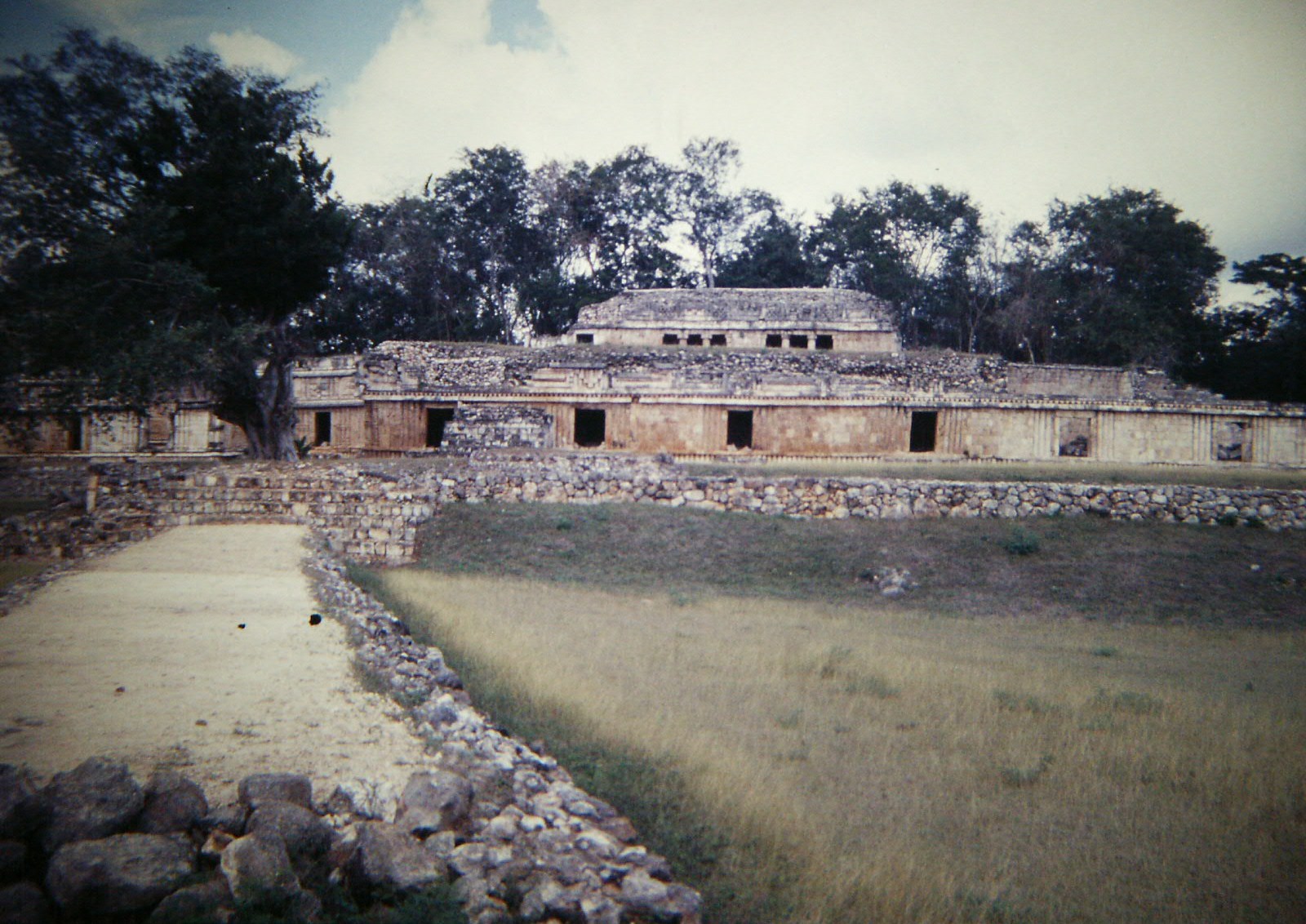
The site’s layout suggests it was carefully planned. The buildings are arranged around courtyards and plazas, which would have served as public spaces. The overall design of Labna indicates a society that valued both function and aesthetics in their built environment.
Theories and Interpretations
Several theories exist about Labna’s use and significance. Some suggest it was a ceremonial center, while others believe it was a residential area for the elite. The presence of the palace complex supports the latter theory, indicating a hierarchical society.
The exact purpose of the Labna Arch remains a mystery. Some interpret it as a gateway to a sacred space, while others see it as a purely decorative element. The arch’s elaborate design suggests it held more than a utilitarian function.
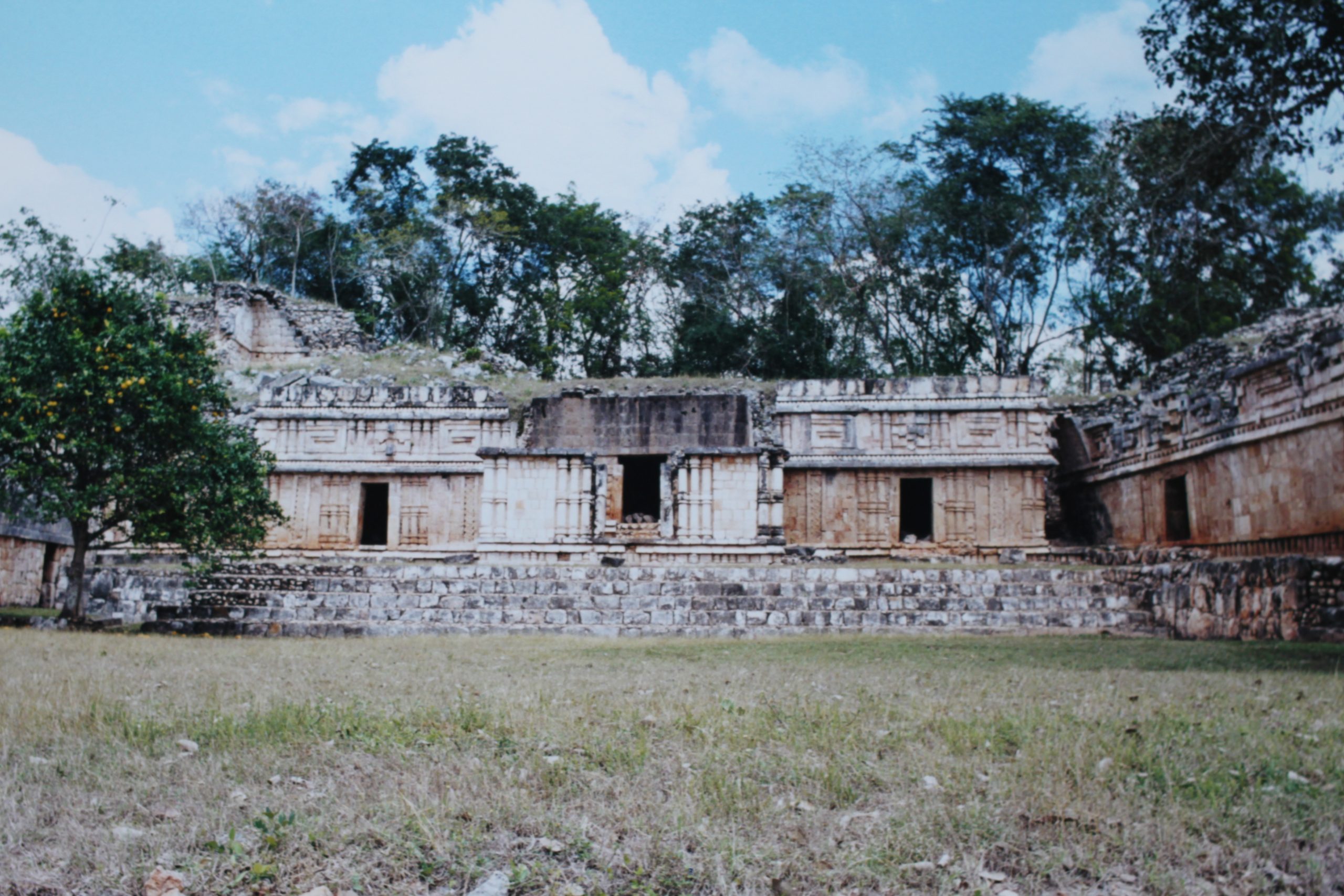
Archaeologists have used various methods to date the structures at Labna. These include examining ceramic styles and radiocarbon dating organic materials. The consensus places the peak of Labna’s occupation in the Late to Terminal Classic period.
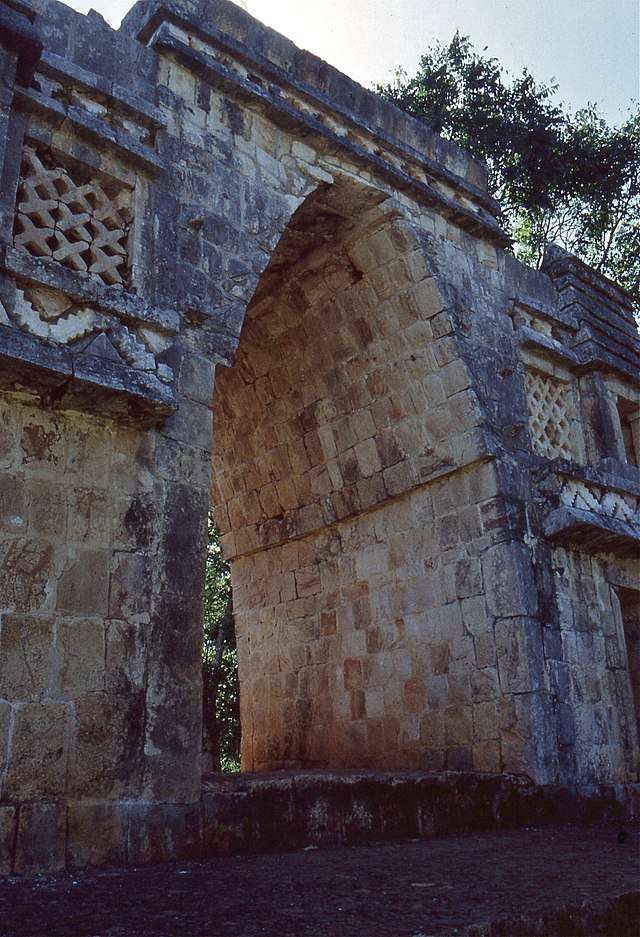
At a glance
- Country: Mexico
- Civilization: Maya
- Age: Late to Terminal Classic period (600-900 AD)
Conclusion and Sources
- Wikipedia: https://en.wikipedia.org/wiki/Labn%C3%A1

